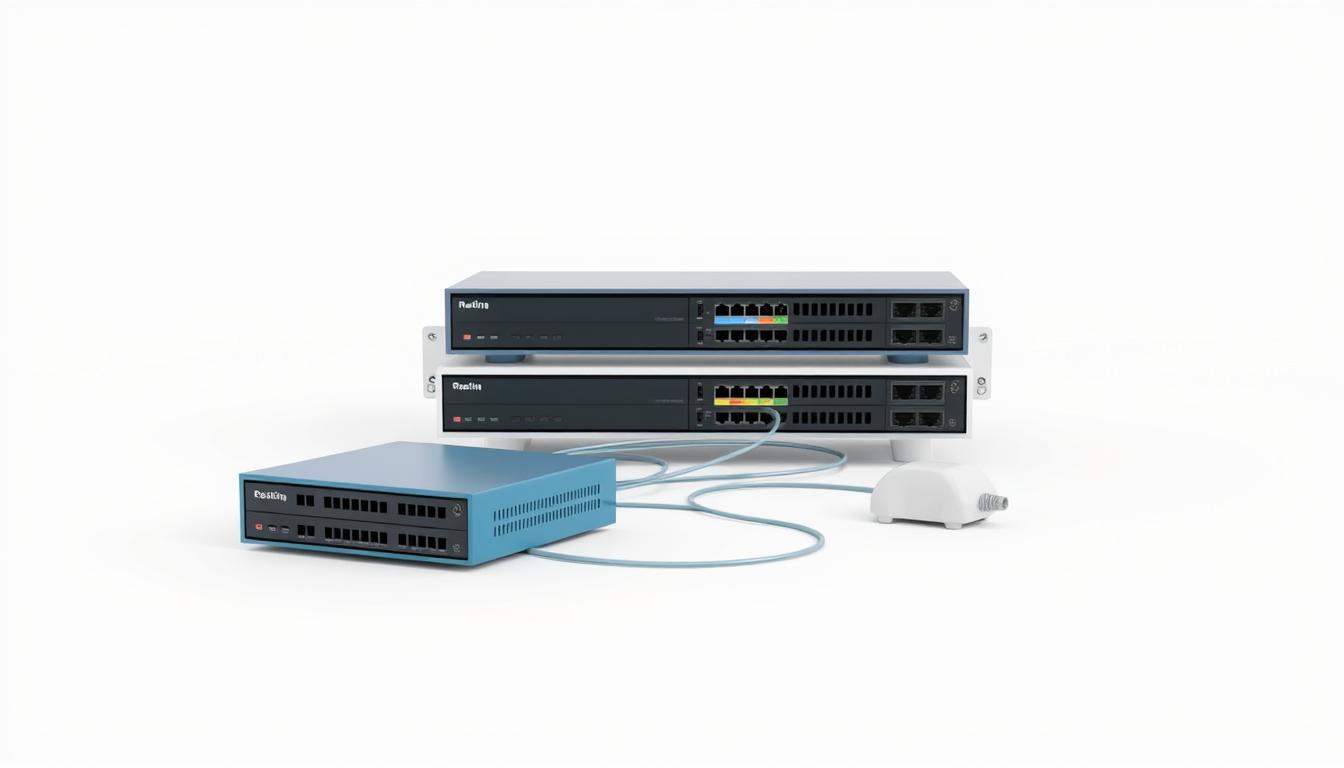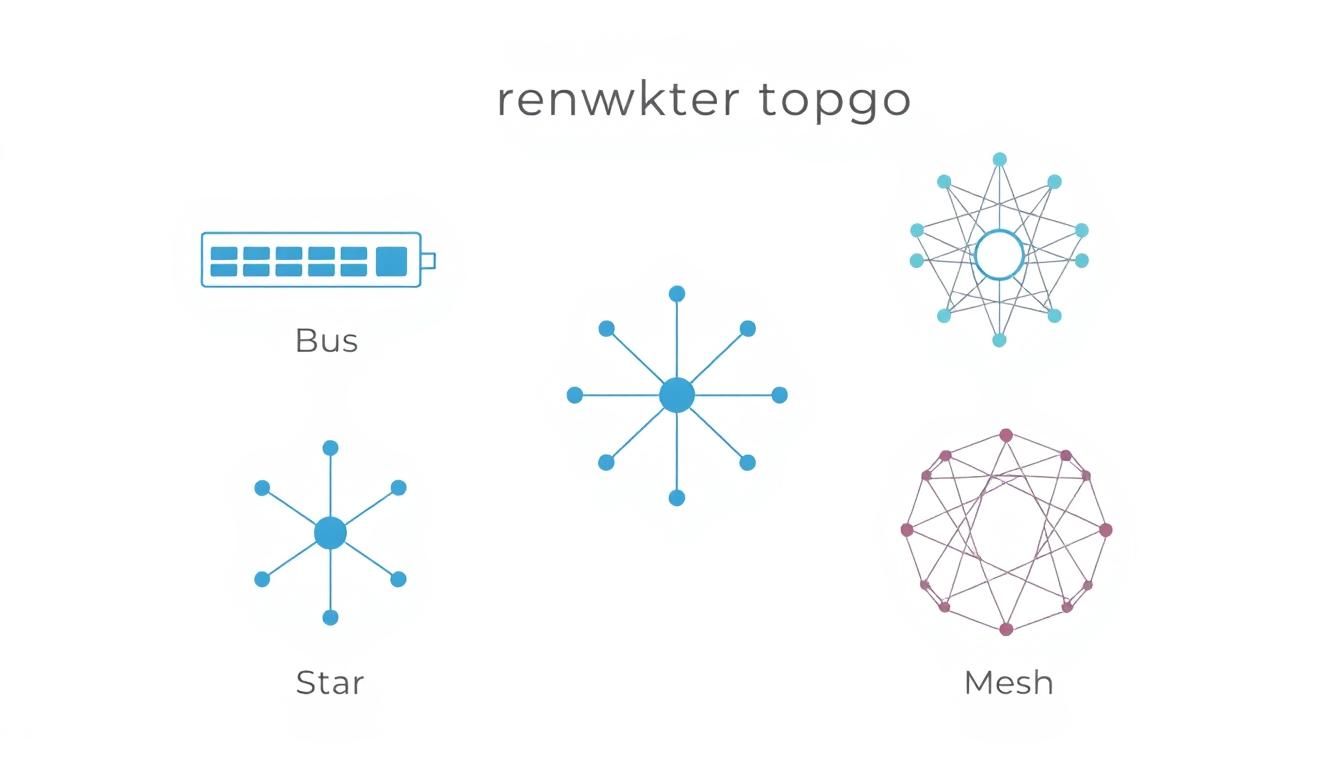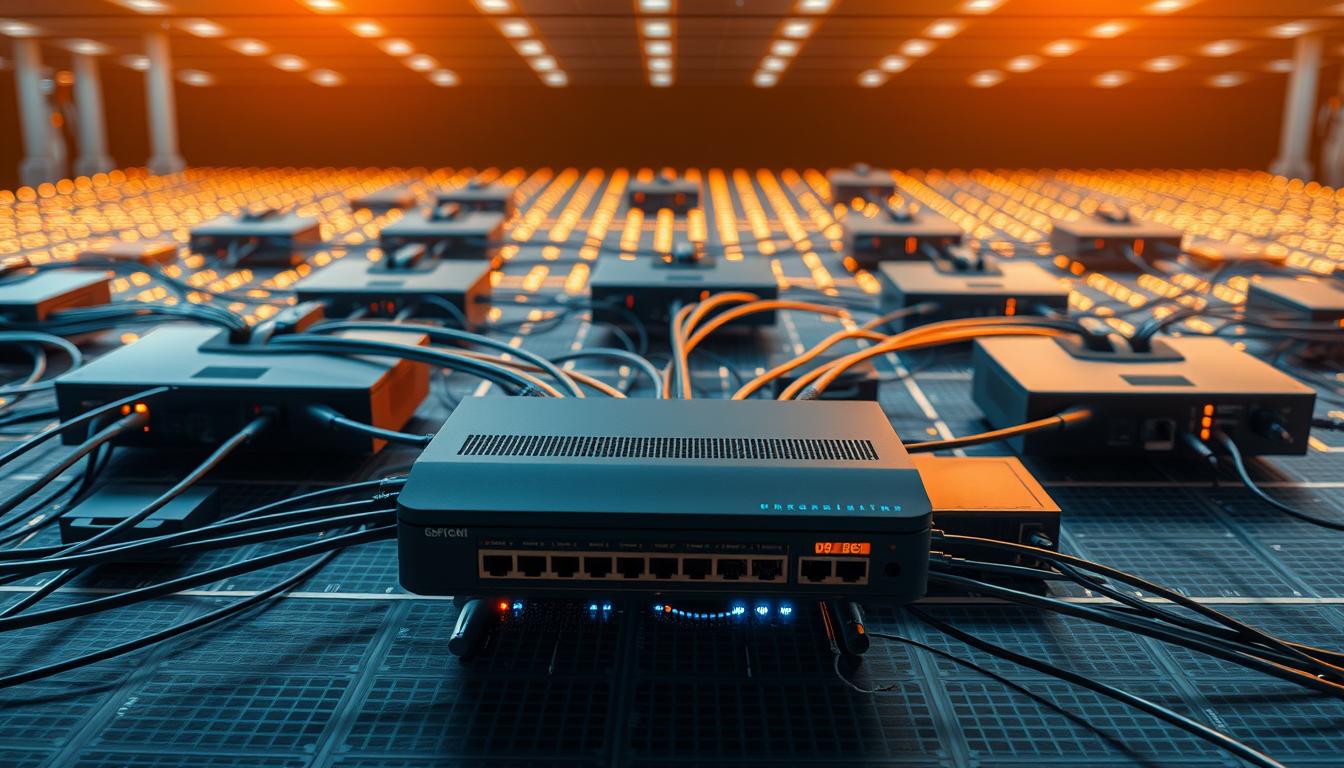Networking
Understanding Client vs Server Differences
Did you know one server can handle requests from hundreds of devices at once? This shows how client vs server works for tasks like email and web browsing. The client sends requests, and the server handles the data. This setup is key in today’s tech world. It makes it easy for us to use services…
Read MoreUnderstanding Routing Protocols: Key Insights
Routing protocols are key to keeping data moving across networks. They choose the best path for each packet, using static or dynamic routing. In the early 1980s, distance vector protocols started. Then, in the 1990s, link-state protocols came along, making things faster and more flexible. These protocols manage traffic like traffic cops, finding new routes…
Read MoreClient Server Network: Key Advantages Explained
Did you know one server can handle over 10,000 connections at once? This shows how a client server network can serve many users well. A central server manages tasks for many client machines. It can cut down on admin work by nearly 30% and boost security with the right protocols. Check out this resource to…
Read MoreExploring Types of Routing in Networking
Many are surprised that the Internet manages millions of data exchanges each second. Routing happens at layer 3 and directs packets across vast networks with amazing efficiency. This process underpins all types of routing that keep communication flowing. In this article, we look at routing types and see why they matter for reliable data delivery.…
Read MoreMastering Network Routing: Tips & Insights
Dynamic routing protocols can cut network congestion by up to 25%. This highlights the key role of network routing today. It affects scalability, security, and efficiency, making a well-designed network essential for any business. Wendell Odom stresses the importance of strong routing skills for all. Tools like netstat or tcpdump show how good routing keeps…
Read MoreHypervisor vs Virtual Machine: Key Differences
Did you know that 92% of businesses use server virtualization every day? This rise in virtualization technologies makes it key to know the difference between hypervisor and vm for IT today. A hypervisor lets many operating systems run on one machine. Each virtual machine has its own safe space. This makes using resources better and…
Read MoreExploring Types of Networks: A Guide
Did you know the internet, the largest Wide Area Network, connects around five billion devices as of 2023? This huge number shows how a computer network can link more than just two devices. There are many types of networks, from small Personal Area Networks in a home office to big Metropolitan Area Networks that cover…
Read MoreUnderstanding Ring Topology in Networking
Ring topology uses a circular setup where each device connects to two neighbors. This design was once key for high-speed fiber networks. Data moves in a loop until it reaches its destination. Each computer acts like a link in a chain, passing signals to keep the network connected. This ensures all elements stay in touch.…
Read MoreRedundant Routing Solutions for Network Reliability
Did you know 1 in 5 firms have reported a serious outage within the last three years? These sudden setbacks can derail operations and leave organizations vulnerable. Many professionals ask what is redundant routing. It involves backup paths that keep data flowing if a main link fails. This approach shows the redundant routing meaning: a…
Read MoreUnderstanding ISR: The Complete Explanation – What Does ISR Stand For
ISR plays a big role in military operations, making up about 80% of decisions. It’s used for tasks like drone surveillance and satellite intelligence. But in networking, ISR has a different role that affects every part of modern networks. People often wonder, “what does isr stand for” or look for the “isr full form.” They…
Read More









